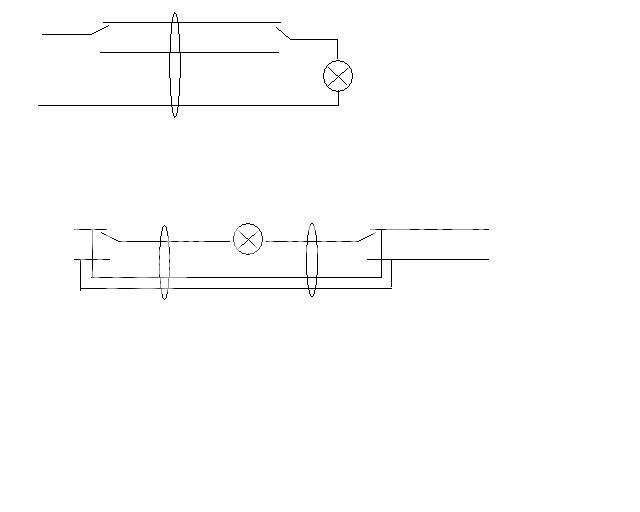Hi there,
I'm planning a light circuit rewire as my vintage 60s circuit is a cpc free zone
I am as yet uncertain whether I will get this done via a friends company (which is NAPIT "registered" and hence able to self-certify through their scheme) or whether I will go through the LBC route and get it signed off that way. I do have access to all the equipment required to test it myself though unless I need IR testing at greater than 10KV or circuit resistance to less than 0.01ohm
Anyhoo, I would like to use 1.5mm 3 core and earth instead of twin and earth. This means I can run point to point round the switches and ceiling roses with a single cable carrying live, neutral, switched and cpc and I have live and neutral in all the backboxes so I'm future proof for fancy dimmers etc. I've run this past my friend and so far he believes this is in compliance with regs although I'm not 100% sure he's certain. I don't see it as much different to looped neutrals in the back of the switch and don't see any issues with it
So then I came up with another idea to run 2 way switched circuits which seems to have thrown him for a loop. I think it's possible to do this using 3core+e maintaining the point to point power loop
Any feedback muchly appreciated, especially regarding what regulations this might contravene
Here's what I have in mind. The top circuit is the normal way, two linked 2 way switches.
My idea is below. Rather than feeding the switched pair to the second switch and returning the common as it were why not use the bottom circuit with the light fitting seving as a middle junction box. That way I get to continue the L and N wires into the next switch location so I can maintain my ring. The bulb will either be switched between L & N (making light lol) L & L or N & N, both of which make light not work
I hope this makes some sort of sense. It would appear to be a little too far out of the box thinking to have any kind of direct regulation
I know it will work though

PS, I also know it won't work for 3+ way switching
I'm planning a light circuit rewire as my vintage 60s circuit is a cpc free zone
I am as yet uncertain whether I will get this done via a friends company (which is NAPIT "registered" and hence able to self-certify through their scheme) or whether I will go through the LBC route and get it signed off that way. I do have access to all the equipment required to test it myself though unless I need IR testing at greater than 10KV or circuit resistance to less than 0.01ohm
Anyhoo, I would like to use 1.5mm 3 core and earth instead of twin and earth. This means I can run point to point round the switches and ceiling roses with a single cable carrying live, neutral, switched and cpc and I have live and neutral in all the backboxes so I'm future proof for fancy dimmers etc. I've run this past my friend and so far he believes this is in compliance with regs although I'm not 100% sure he's certain. I don't see it as much different to looped neutrals in the back of the switch and don't see any issues with it
So then I came up with another idea to run 2 way switched circuits which seems to have thrown him for a loop. I think it's possible to do this using 3core+e maintaining the point to point power loop
Any feedback muchly appreciated, especially regarding what regulations this might contravene
Here's what I have in mind. The top circuit is the normal way, two linked 2 way switches.
My idea is below. Rather than feeding the switched pair to the second switch and returning the common as it were why not use the bottom circuit with the light fitting seving as a middle junction box. That way I get to continue the L and N wires into the next switch location so I can maintain my ring. The bulb will either be switched between L & N (making light lol) L & L or N & N, both of which make light not work
I hope this makes some sort of sense. It would appear to be a little too far out of the box thinking to have any kind of direct regulation
I know it will work though

PS, I also know it won't work for 3+ way switching

